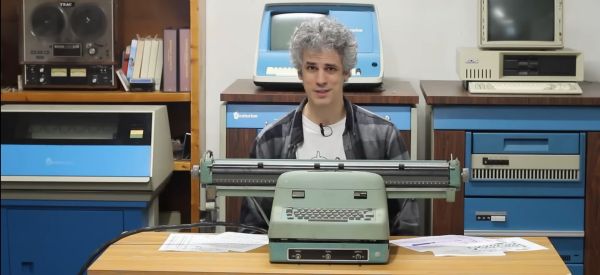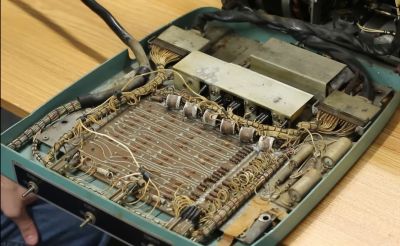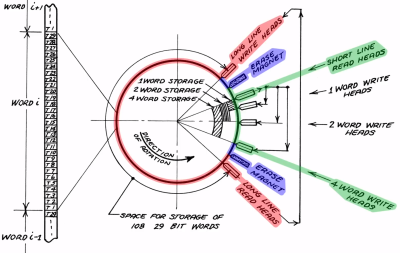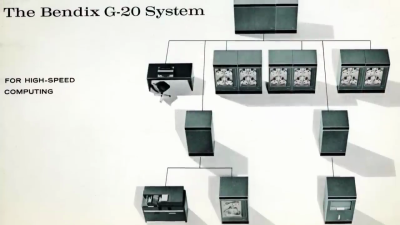There’s a Blue Bendix in Texas, and thanks to [Usagi Electric] it’s the oldest operating computer in North America. The Bendix G-15, a vacuum tube computer originally released in 1956, is now booting, and running code from paper tape. [David, aka Usagi] received the G-15 about a year ago from The System Source museum. The goal was to get the computer running so museum patrons could interact with a real tube computer. We’ve been following along since the project began.
[Usagi’s] latest G-15 video covers the last few problems on the road to running code. The biggest hurdle was the fact that the system wasn’t responding properly to the GO button on the typewriter. [Usagi] was able to isolate the issue down to a flip flop and then to a particular signal on an AND gate — the RC signal. The gate appeared to be bad, but swapping the entire circuit card multiple times had no effect. Something else had to be going on.
Continue reading “The Bendix G-15 Runs 75,000 Lines Of Code”


















